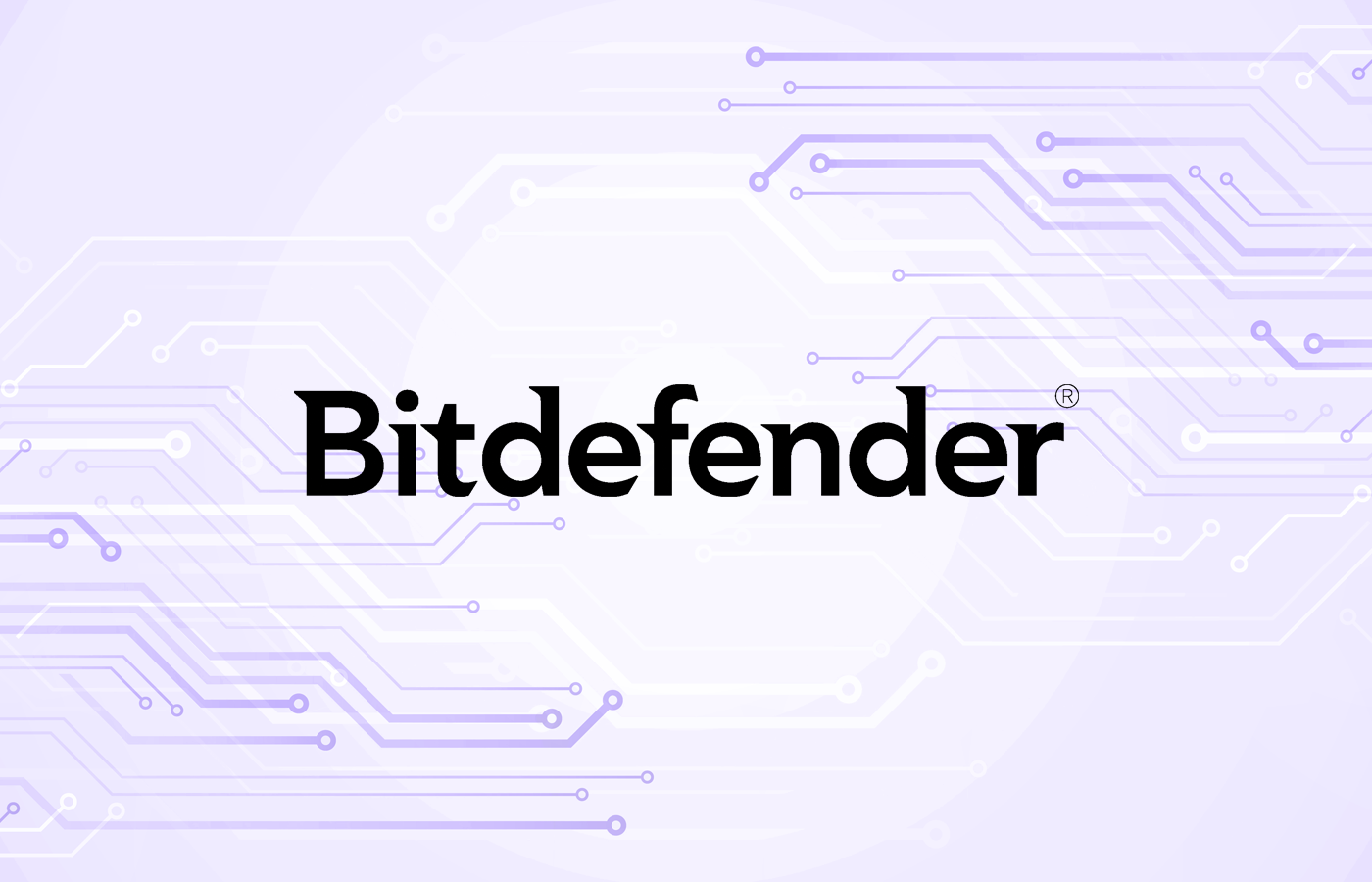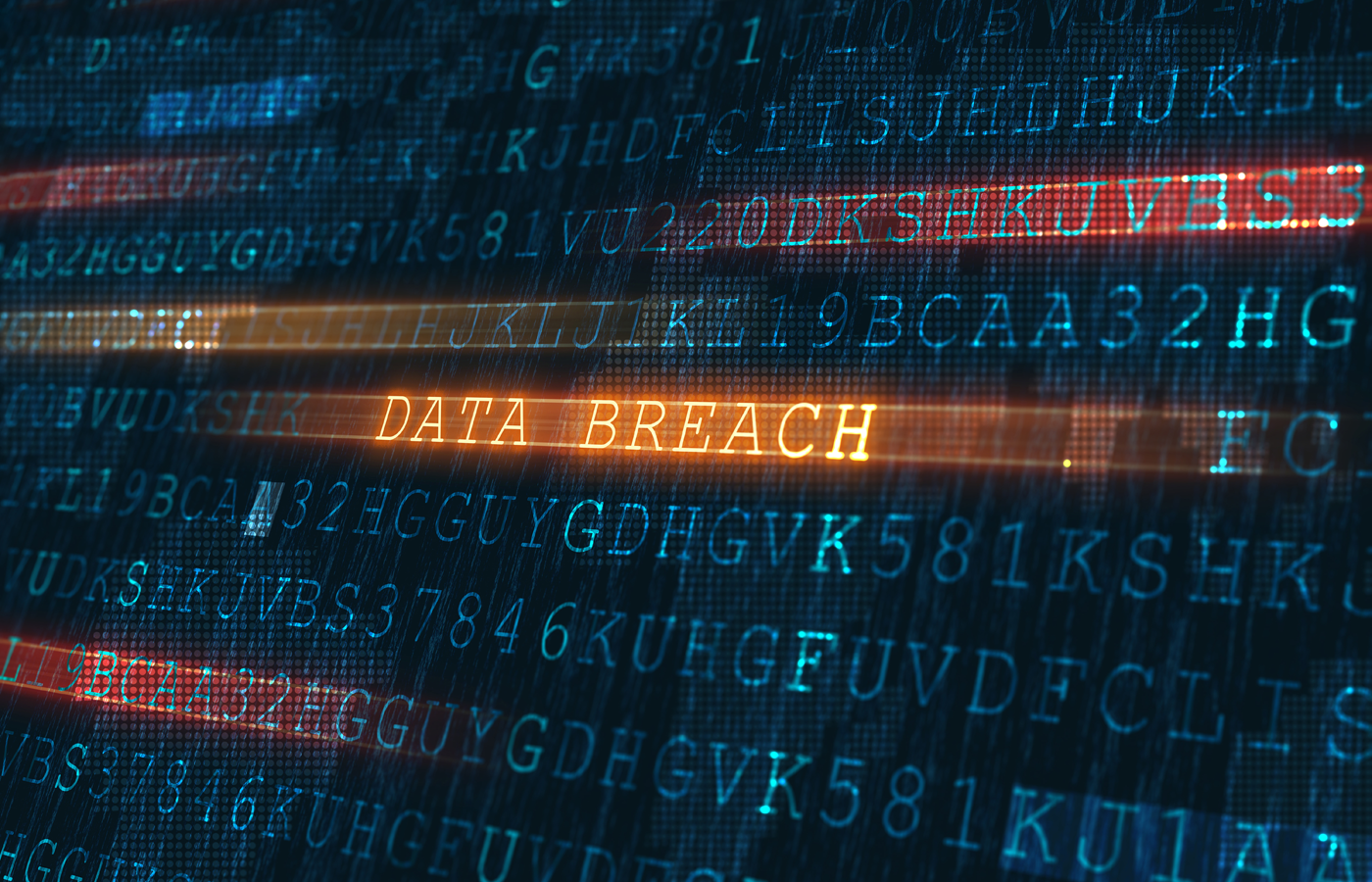In a twisted turn of unintended consequences, the enormous success of the Internet as a distribution vehicle for pornography has created competitive pressures among smut purveyors to provide more depictions than ever of children engaging in violent and deviate sexual conduct.
John G. Malcolm, deputy assistant attorney general in the Criminal Division of the Justice Department, told the Senate Judiciary Committee Wednesday afternoon that the “proliferation of this material and the desire by pornographers to differentiate themselves in a highly-competitive market have prompted pornographers to produce ever-more offensive materials.”
Malcolm said that in addition to child pornography, depictions “glorifying” bestiality, scatology and rape are “readily available” and “aggressively marketed” on the Internet.
“Because the Internet has popularized the trade in child pornography, there has been a surge in demand and a corresponding surge in production of child pornography,” Malcolm said.
Malcolm cited a recent survey by the National Society of the Prevention of Cruelty of Children stating that approximately 20,000 images of child pornography are posted to the Internet every week. He added that the study indicates that about half of new images appearing on the Internet depict children between the ages of 9-12 years-of-age and the rest are younger.
“We must never forget that each image represents the rape of a child. Each image is a tragedy and a gruesome memorial of trauma, abuse, powerlessness and humiliation that will be with that child for the rest of his or her life.”
While Wednesday’s witnesses focused on Web sites featuring Internet child pornography, Judiciary Committee Chairman Orrin Hatch singled out peer-to-peer (P2P) networks as the most pernicious purveyors of online child pornography.
“I am currently considering legislative solutions to the many risks inherent in the use of peer-to-peer networks. Almost half of the people who use these networks are minors,” Hatch said. “Recent studies have shown that millions and millions of pornographic files are available for downloading on these networks at any given time.”
While P2P networks have come under criticism from Congress and the recording industry for music copyright violations, Hatch said the distribution of child pornography through file sharing deserves immediate attention.
“This is simply unacceptable. Many parents — possibly the majority of them — are unaware of this problem,” Hatch said. “Even more disturbing is that searches on these networks using search terms that a child would be expected to use, such as Harry Potter or Pokemon, turn up an enormous percentage — over 50 percent in one study according to the General Accounting Office — of pornographic materials including child pornography.”
Malcolm dodged the P2P issue but agreed that “offensive material that used to be largely unavailable to average citizens and children” is now largely unavoidable.
“Far from being hidden in brown paper bags behind the counters of disreputable stores, offensive material is now readily available to anyone with an Internet connection within a matter of minutes with a few clicks of a computer mouse, accessed by unsuspecting children and by adults who had no intention to seek such material and no desire to view it,” Malcolm said.
The decentralized nature of P2P networks, which allow users to download and directly share electronic files independent of a central server, has raised concerns among lawmakers and law enforcement officials that child pornography is spreading through the networks at an alarming rate. A number of reports have linked child pornography with pedophiles.
Since Napster, the first widely popular P2P program, was shut down by court order, newer file-sharing programs like Kazaa, Grokster and BearShare have all surged in popularity and have become one of the most popular applications on the Internet, particularly among children and young adults.
Unlike Napster, which allowed only the sharing of music files, the newer P2P networks allow the sharing of digital images.
The March GAO report cited by Hatch conducted a Kazaa search for image files using 12 keywords known to be associated with child pornography on the Internet. Of 1,286 items identified in the search, approximately 42 percent were associated with child pornographic images. The remaining items included 34 percent that were classified as adult pornography and 24 percent as non-pornographic.
In another Kazaa search, the U.S. Customs CyberSmuggling Center used three keywords to search for and download child pornography image files. The search identified 341 image files, of which approximately 44 percent were classified as child pornography and 29 percent as adult pornography.








